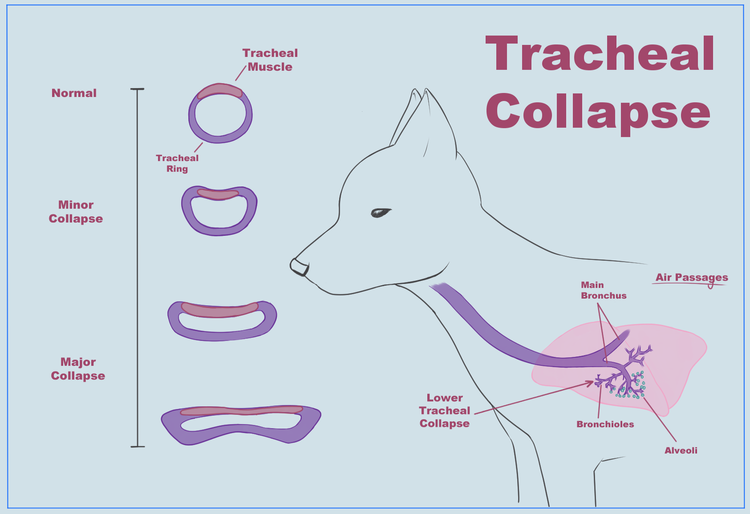





What is Collapsing Trachea?
*Illustration by Katherine Moore @katm0306 on Instagram













*Illustration by Katherine Moore @katm0306 on Instagram
